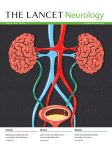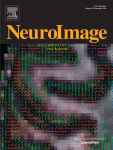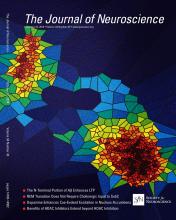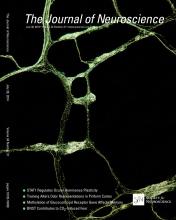14th
Jul
2015
Multiple-source current steering in subthalamic nucleus deep brain stimulation
for Parkinson's disease (the VANTAGE study): a non-randomised, prospective,
multicentre, open-label study.
Timmermann L, Jain R, Chen L, Maarouf M, Barbe MT, Allert N,
Brücke T, Kaiser I, Beirer S, Sejio F, Suarez E, Lozano B,
Haegelen C, Vérin M, Porta M, Servello D, Gill S, Whone A,
Van Dyck N, Alesch F.

BACKGROUND: High-frequency deep brain stimulation (DBS) with a single electrical
source is effective for motor symptom relief in patients with Parkinson's
disease. We postulated that a multiple-source, constant-current device that
permits well defined distribution of current would lead to motor improvement in
patients with Parkinson's disease.
METHODS: We did a prospective, multicentre, non-randomised, open-label
intervention study of an implantable DBS device (the VANTAGE study) at six
specialist DBS centres at universities in six European countries. Patients were
judged eligible if they were aged 21-75 years, had been diagnosed with bilateral
idiopathic Parkinson's disease with motor symptoms for more than 5 years, had a
Hoehn and Yahr score of 2 or greater, and had a Unified Parkinson's disease
rating scale part III (UPDRS III) score in the medication-off state of more than
30, which improved by 33% or more after a levodopa challenge. Participants
underwent bilateral implantation in the subthalamic nucleus of a multiple-source,
constant-current, eight-contact, rechargeable DBS system, and were assessed 12,
26, and 52 weeks after implantation. The primary endpoint was the mean change in
UPDRS III scores (assessed by site investigators who were aware of the treatment
assignment) from baseline (medication-off state) to 26 weeks after first lead
implantation (stimulation-on, medication-off state). This study is registered
with ClinicalTrials.gov, number NCT01221948.
FINDINGS: Of 53 patients enrolled in the study, 40 received a bilateral implant
in the subthalamic nucleus and their data contributed to the primary endpoint
analysis. Improvement was noted in the UPDRS III motor score 6 months after first
lead implantation (mean 13·5 [SD 6·8], 95% CI 11·3-15·7) compared with baseline
(37·4 [8·9], 34·5-40·2), with a mean difference of 23·8 (SD 10·6; 95% CI
20·3-27·3; p<0·0001). One patient died of pneumonia 24 weeks after implantation,
which was judged to be unrelated to the procedure. 125 adverse events were
reported, the most frequent of which were dystonia, speech disorder, and apathy.
18 serious adverse events were recorded, three of which were attributed to the
device or procedure (one case each of infection, migration, and respiratory
depression). All serious adverse events resolved without residual effects and
stimulation remained on during the study.
INTERPRETATION: The multiple-source, constant-current, eight-contact DBS system
suppressed motor symptoms effectively in patients with Parkinson's disease, with
an acceptable safety profile. Future trials are needed to investigate
systematically the potential benefits of this system on postoperative outcome and
its side-effects.






